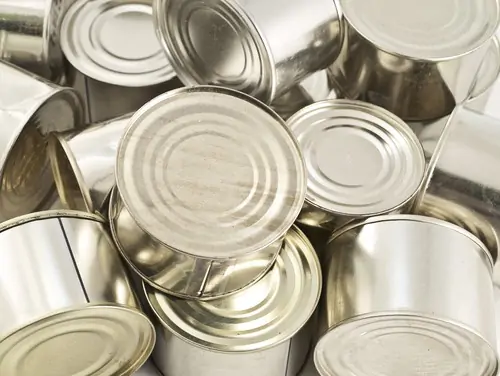ERP software for the food & beverage industries
Food & beverage distribution software is ERP (Enterprise Resource Planning) software for food & beverage distributors. ERP software runs most distribution businesses across many vertical industries. The key attribute of ERP software is that all the distribution business’ data is stored in a single database – meaning that the same data is available across all functions. Typically, ERP software for a distribution business covers the core functions of eCommerce, order management and processing, inventory control and tracking, purchase order management, warehouse management, and the general ledger and accounting.
Why do food & beverage distributors need ERP software?
The food & beverage industry is complex with some unique requirements. Without a comprehensive food & beverage distribution software, there are many possible areas in which mistakes could be made. Food & beverage distribution software keeps track of food materials coming in, the repackaging and/or transforming of these into a different output, the storage of the goods in the warehouse, followed by the shipping of the goods to customers on orders. In addition, given the sensitivity of food & beverage handling and processes, and chain-of-custody issues, no food & beverage business can really operate effectively with a comprehensive software solution. This is particularly true in the event of contamination or a recall when the business needs to be able to account for and trace all inputs and outputs.
Order Management and Processing
Food & beverage distribution software needs complete order management and processing capabilities. Order management keeps track of incoming customer orders from multiple channels including eCommerce. Order processing tracks orders through pre-defined stages from quotes to orders through fulfillment to delivery to the customer. Food & beverage distribution software must be able to pull in orders from linked online stores on ecommerce platforms (such as Magento, Shopify, Woo Commerce) and ecommerce marketplaces (such as Amazon, eBay and Walmart) as well as from B2B customer self-service portals.
Inventory Tracking and Control
Food & beverage distribution software has to manage the inventory of raw materials and finished products in multiple units of measure. The inventory of each product has to be visible at all times to facilitate the processing of raw materials into finished food & beverage products as well as the fulfillment of customer orders. Inventory tracking and control for food & beverage distribution software in particular has to manage catch weight and work with lot tracking.
Purchasing Management
Food & beverage distribution software has to handle the purchasing of multiple raw materials and/or finished products. The purchasing management software needs to be able to work with the inventory tracking software to ensure materials are procured in a timely fashion to keep the processing operations supplied and running smoothly. Lines and processes that run out of raw materials inputs and have to be shut down can cause serious food quality control issues. In addition, food & beverage distribution software must handle strict controls on raw materials sourcing and labelling of raw materials and finished products.
Lot Tracking and Cold Chain
Most food & beverage products are lot-controlled, meaning that the food & beverage distribution software needs to record where a product came from, which manufacturer, its weight, what its expiry date is and where the product is stored. Managing all this information and ensuring that products are not used or sold after their expiry dates or that a cold chain is properly maintained requires careful recording. This data has to be maintained with the product and recorded each time the product is moved, repackaged or transformed in some manufacturing process. As important as recording this data, is ensuring that the data is made available to all parties that interact with or touch the food & beverage product.
Special Requirements for Food & Beverage Distribution Software
There are some unique requirements for food & beverage distribution software that differ from other distribution industries. These include:
- Inventory Management – Unlike most other distribution industries, food & beverage companies use catch weight to record inventory and sales. Catch weight is the practice of tracking inventory by case or box but selling it by weight. This practice is required to reflect the natural variability of organic foods and produce. Not all ERP software systems can handle catch weight.
- Lot Tracking – Other industries require Lot Tracking too, but this is a must for food & beverage distribution software. All food & beverage products are subject to strict quality, expiry date, cold chain and location tracking requirements imposed by FDA and other regulatory bodies. Records need to be maintained for possible contamination, allergens, hazardous materials and other product recall purposes.
- Bill of Materials – For food & beverage products that are processed through various stages to finished products, complete Bill-of-materials capabilities are required, including the ability to have unlimited nested BOMs. BOMs can be specified for all parts of the process including for cleaning, sanitation and sterilization.
Conclusion
Food & beverage distribution requirements are more complex than other distribution industries given the added requirements of catch weight processing, lot control tracking, bill-of-materials requirements for food & beverage processing, and strict quality control and reporting required by regulatory bodies. If your food & beverage distribution software is falling short, contact us to see what Accolent ERP Cloud-based software for food & beverage distributors can do for your business.


